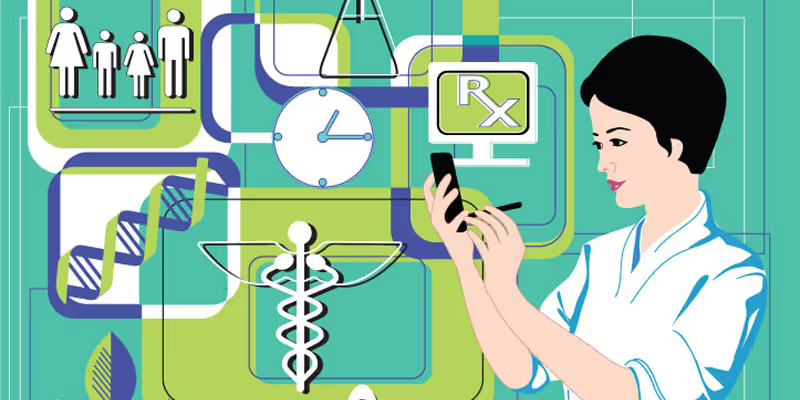How technology is adding innovation in medical tourism
India is no stranger to medical tourism. Advanced medical expertise combined with economical pricing makes it a profitable place to get medical facilitations. In recent times, medical tourism in India has taken off to a new level. People are shunning expensive treatments or prolonged waiting for the inexpensive benefits offered by countries such India, Thailand, Philippines and Singapore.
There are a few prominent factors that contribute towards India’s popularity in medical tourism. India has priced its medical services lower than other countries, across the globe. One can seek an impressive range of treatments, combined with knowledgeable, experienced English-speaking doctors. Added to that are locales where medical tourists can recuperate – from the backwaters of Kerala to the hills of Himachal Pradesh.

Rapid expansion in private and public sectors
Reports note that India is renowned for world-class expertise in cardiac care, cosmetic surgery, joint replacements, neurological and orthopaedic treatments and dentistry. Super-specialty Indian hospitals are expanding their berth rapidly and there is no waiting period for local or overseas patients, unlike their US/UK counterparts.
Due to expansion of hospitality bill in the Union Budget, the infrastructure of hospitals has drastically improved. The private sector especially has thrived, armed with state-of-the-art technology. Top Indian hospital chains such as Apollo, Fortis, Wockhardt, Max and Manipal have heightened their standards and expertise to provide best in class quality healthcare services. A slew of super speciality hospitals and integrated health centre cities emerging in the top metropolitan areas are adding further mass to India's medical tourism offerings.
Approximately, 75 percent of healthcare services and investments in India are now funded by the private sector. Paired with the fact that India has perhaps one of the largest pharmaceutical industries makes it not only self-sufficient in drug production but also enables it to export them to over 180 countries at a fraction of the price of US pharmaceuticals.
Technology has penetrated medical tourism to provide the best of facilities for medical patients across the world. Web 2.0, cloud computing, mobile technology etc., are bolstering medical tourism to reach its full potential.
There are three broad technology areas that can assist in building an effective medical tourism solution.
Cloud and social networks
Cloud is one of the most prominent amongst this category, ease at which electronic medical record (EMR) can be made available worldwide for each patient through budgeted solutions. All medical tourism solution providers and doctors can access the same records on a real-time basis. EMR decreases medication errors and extra diagnosis to channel efficiency in healthcare systems. Hence, it would be profitable to opt for system-based services instead of the paper-backed ones. EMR accessibility from smartphone is ushering in a revolution in the healthcare industry.
Social networking is a platform that is increasingly being harnessed by medical tourism. Through this, patients can easily get in touch with doctors and consultants from different countries. Doctors too can connect with each other in a prompt fashion. Today, this innovation in technology has empowered many foreign patients to touch base with Indian doctors.
Data mining
Data mining is another benefactor to healthcare sector. Continuous compilation of data from different sources such as medical journals, live case studies etc., can help create a huge data bank of disease-diagnosis system. Medical records can be stored in smartphones, which would remain encrypted for security, requiring a password to access. An OTP system is enlisted for the security and access. Data-intensive information, for example, X-Rays and CT scans are stored in the server for on-demand access, while data with low-bandwidth is stored in the phone.
Information technology
Finally, the third key to this triumvirate is Information Technology. Patterns of a lone patient can be matched with symptoms to track down and combat major endemics. Data mining systems can come in use to create a global source in medical cloud-based infrastructure. These enable the medical tourism industry based in a country or globally advise patients for optimal treatment of affected disease anywhere in the world. Pharmacies can also join in, by making a voluntary contribution of delivering medicine needed to save a life, irrespective of location or time.
(Disclaimer: The views and opinions expressed in this article are those of the author and do not necessarily reflect the views of YourStory.)







